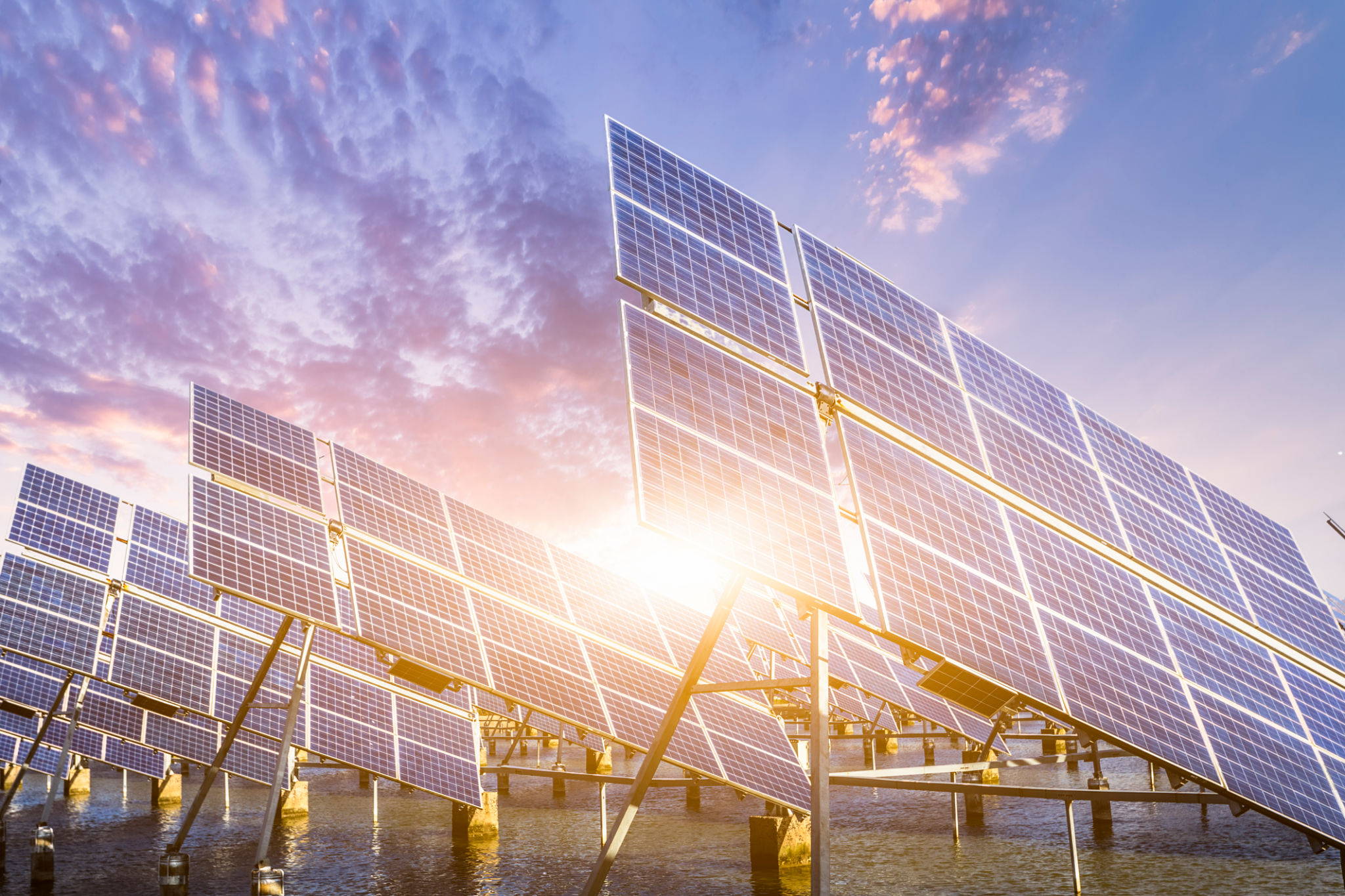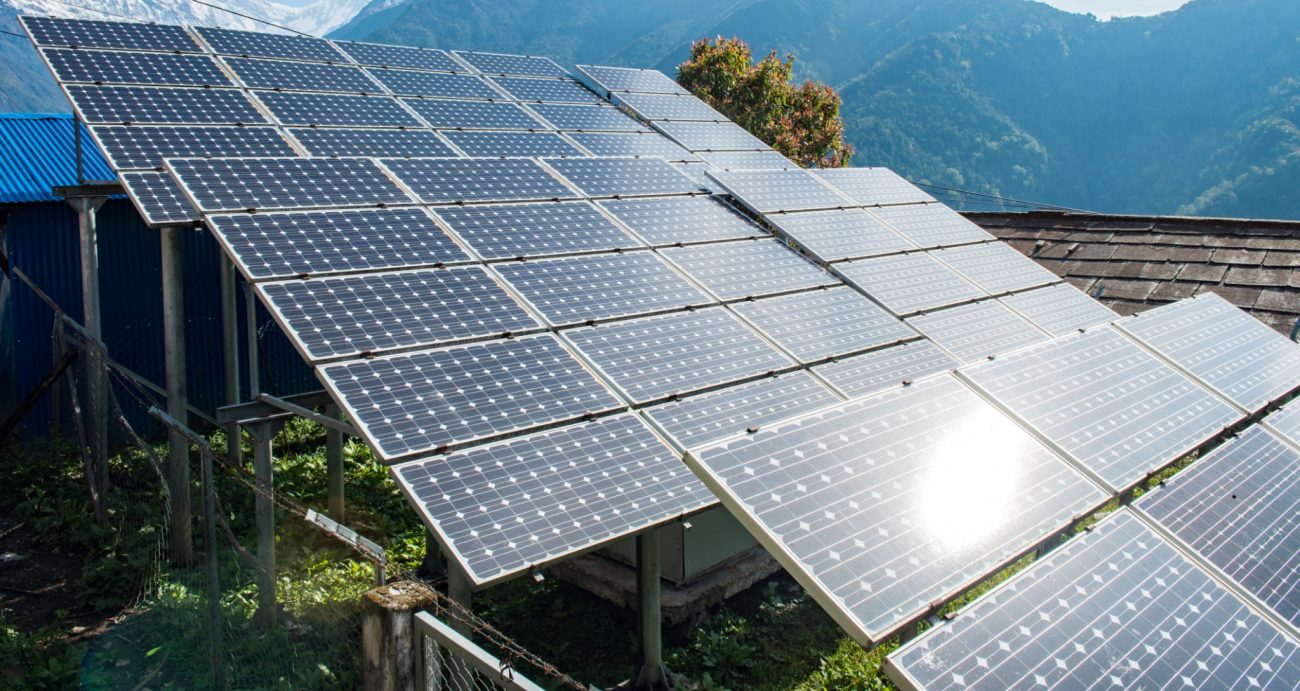The uses of solar energy in India is growing day by day. In solar energy, the source of the energy is the sun. the energy received from the sun is converted into thermal energy. Different forms of solar energy are wind, biomass, and hydro-power. For now, the sun only provides less than one percent of the world’s power. But according to the scientists it has the potentiality to provide much more power than this.
Expansion of reasonably priced, infinite and clean solar energy technologies will have enormous longer-term reimbursement. This’ll also boost the country’s energy security. The advantages that the people are going to get from the solar energy is global. Energy must be wisely spent and need to be widely shared.
The uses of solar energy
There are many uses of solar energy. The use of solar energy is very important. Artificial photosynthesis and solar agriculture can also be done by using solar energy. Solar power is the alteration of sunlight into electricity, by directly using photovoltaics (PV), or indirectly using concentrated solar power.
Solar energy is also used for solar warm water systems which use daylight or sunlight to heat up water. In low geographical latitudes which is below 40 degrees Celsius starting 60 to 70% of the domestic hot water exercise with temperatures equal to 60 °C know how to be provided by solar heating systems. The most frequent types of solar water heaters are evacuated tube collectors and glazed flat plate collectors. These are by and large used for domestic hot water; and unglazed plastic collectors which are mainly used to heat swimming pools. Solar cookers are also available nowadays. Solar cookers use sunlight for working or for functioning i.e. cooking, drying etc.
Solar power is predictable to turn out to be the world’s biggest and largest source of electricity by 2040, with solar photovoltaics in addition to concentrated solar power causative sixteen and eleven percent to the overall consumption all over the globe.
Agriculture and horticulture hunt to optimize the capture of solar energy in order to optimize the efficiency of plants. Some of the techniques such as the timed planting cycles, staggered heights between rows tailored row orientation and the amalgamation of plant varieties can pick up crop yields. While daylight or sunlight is generally well thought-out an abundant resource, all these help us to know the importance of solar energy in agriculture.






